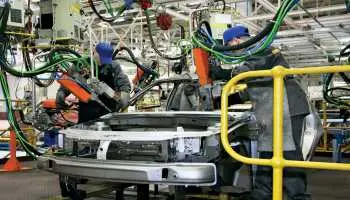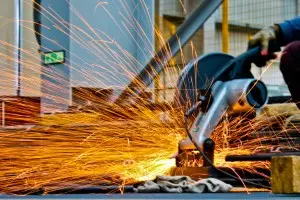Disconnect switches, also known as isolator switches, are essential electrical devices designed to safely isolate electrical circuits from power sources. Their primary function is to ensure that electrical equipment can be safely maintained, repaired, or inspected without the risk of electric shock or accidental energization. These switches provide a visible break in the circuit, allowing operators to confirm that power has been completely disconnected. Disconnect switches are widely used in industrial, commercial, and residential applications to enhance safety, protect equipment, and maintain system reliability. They come in various types, including fused and non-fused versions, and are crucial in managing power distribution, preventing electrical hazards, and supporting maintenance procedures across different electrical systems.
Drivers:
Innovations in disconnect switch technology are improving operational efficiency and safety, increasing their appeal across industrial, commercial, and utility sectors. Rising power consumption, technological progress, and supportive regulations are expected to drive market growth in the coming years. The expanding use of renewable energy sources like solar and wind boosts demand for reliable disconnect switches to maintain grid stability and ensure safety during maintenance. As renewable projects grow worldwide, the need for advanced switches with enhanced features will increase. However, the high cost of purchasing and installing disconnect switches, especially in industrial and utility applications, may limit adoption due to budget constraints. Continued infrastructure investments and government safety regulations further support market expansion by encouraging utilities to use these switches for load management and grid reliability.
Challenges:
The disconnect switch market faces several challenges that could impact its growth. One of the main obstacles is the high cost associated with purchasing and installing quality disconnect switches, especially for industrial and utility applications requiring robust and reliable components. This cost factor can limit adoption, particularly in regions or sectors with budget constraints. Additionally, the complexity of integrating advanced disconnect switches into existing electrical systems may pose technical difficulties. Market growth can also be hindered by fluctuating raw material prices and supply chain disruptions.
Global Market Key Players:
ABB, Altech Corporation, Eaton Corporation, General Electric, Havells India Ltd, Honeywell, Sälzer Electric GmbH, Schneider Electric SE, and SDCEM.
Global Disconnect Switches Market Segmentation:
By Type: Based on the Type, Global Disconnect Switches Market is segmented as; Non-Fused, Fused
By Application: Based on the Application, Global Disconnect Switches Market is segmented as; Utility, Commercial, Industrial, Residential.
By Region: This research also includes data for North America, Latin America, Asia-Pacific, Europe and Middle East & Africa.
This study also encompasses various drivers and restraining factors of this market for the forecast period. Various growth opportunities are also discussed in the report.





































